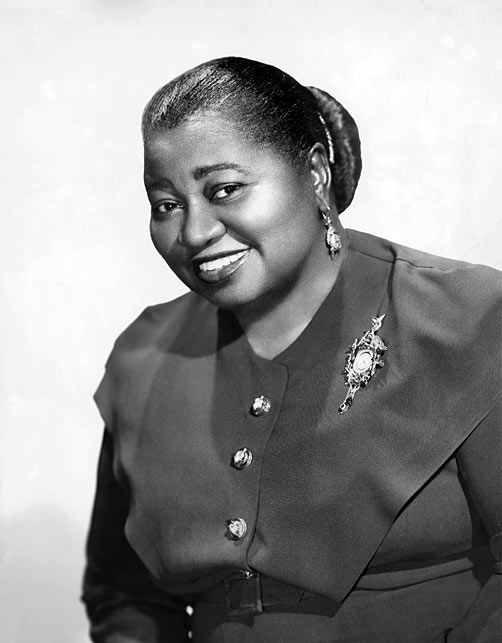Margaret Mitchell’s “Gone with the Wind” is a staple novel for not only Atlanta but for the entire nation. The remarkable debut was well beyond its time in progressiveness, showcasing an alluring retrospect of the South from a strong-willed and independent woman’s perspective. The novel rightfully earned Mitchell the Most Distinguished National Book in 1936 for the work’s exceeding fluidity. The following year, she accepted the prestigious Pulitzer Prize, breaching the male-dominated literary world.
For the uninitiated, the story presses on the crisis of Scarlett O’Hara, a Southern belle forced to come to terms with unforeseen trials and tribulations following her family’s fall from financial grace amidst a war-torn country (their plantation got destroyed). It’s a feminist-driven coming-of-age tale, hitting the nail on the head when it comes to the complexities of being forced to make drastic decisions in a pinch. Scarlett knows damn well that feelings are going to get hurt, but she’s okay with it.
It’s believed that Ms. O’Hara reflected Margaret Mitchell’s inner struggles of Southern culture’s expectations of women. These expectations meant supporting the Confederate flag, facing degradation from men, and the dreadful acceptance that women could never accomplish what men could with relative ease. Similarly to Scarlett, she was raised in a wealthy family with family ties to the Confederacy. However, she was raised by two lawyers who were both abolitionists. She couldn’t allow herself to ignore the grim history of her homeland.
In 1939, “Gone with the Wind” made its way to the big screen. The film debuted here in Atlanta at Loew’s Grand Theater. The film’s debut went fantastic … for white people. For black people, it may as well not have existed at all — they weren’t allowed to attend. Critical actresses in the film were black, such as Butterfly McQueen who played Prissy, and Hattie McDaniel for her historical performance as Mammy. They, too, were unable to attend viewings of their own movie when it premiered in the town in which it was written!

This ban didn’t sit well with Clark Gable, as he and Hattie were quite good friends. Her absence nearly caused him to skip the showing. But at Ms. McDaniel’s insistence, Gable showed up out of r-e-s-p-e-c-t for her. He arrived stoic with his mustache imperfectly trimmed, a clear sign of distress because that stache was always spot on. Shortly after the film debut disaster in Atlanta, Hattie made another friend — Margaret Mitchell.

This ban didn’t sit well with Clark Gable, as he and Hattie were quite good friends. Her absence nearly caused him to skip the showing. But at Ms. McDaniel’s insistence, Gable showed up out of r-e-s-p-e-c-t for her. He arrived stoic with his mustache imperfectly trimmed, a clear sign of distress because that stache was always spot on. Shortly after the film debut disaster in Atlanta, Hattie made another friend — Margaret Mitchell.
Still, it seemed that Hattie couldn’t win when it came to anything regarding the film (other than making friends). She received backlash from both the white and black community for her portrayal of Mammy. Her role was deemed as tasteless by the black community, a scathing image that constrained black people as nothing more than “the help.” She was often called an “Uncle Tom” for her acceptance of the role.
Things turned out to be just fine for Hattie. She wasn’t a participation trophy winner, but who cares when she went on to become the first black Academy Award winner ever? And guess what? She couldn’t attend the ceremony because she was black. It’s all good though because Hattie McDaniel came out on top.
I knew very little about Mitchell before meeting my wife and her cat, Scarlett. I asked her where the inspiration came from for her cat’s name. It was Scarlett O’Hara. Her cat’s name fits perfectly, as did the geography. Directly across the street from her apartment stood the Margaret Mitchell House on Crescent Avenue, right off of Peachtree Street. It’s a grand three-story brick house that stands out amongst the skyscrapers, much like Margaret Mitchell’s writing and Hattie McDaniel’s acting stood out among the giants of industry who didn’t have the gumption to “frankly, my dear, [not] give a damn.”

